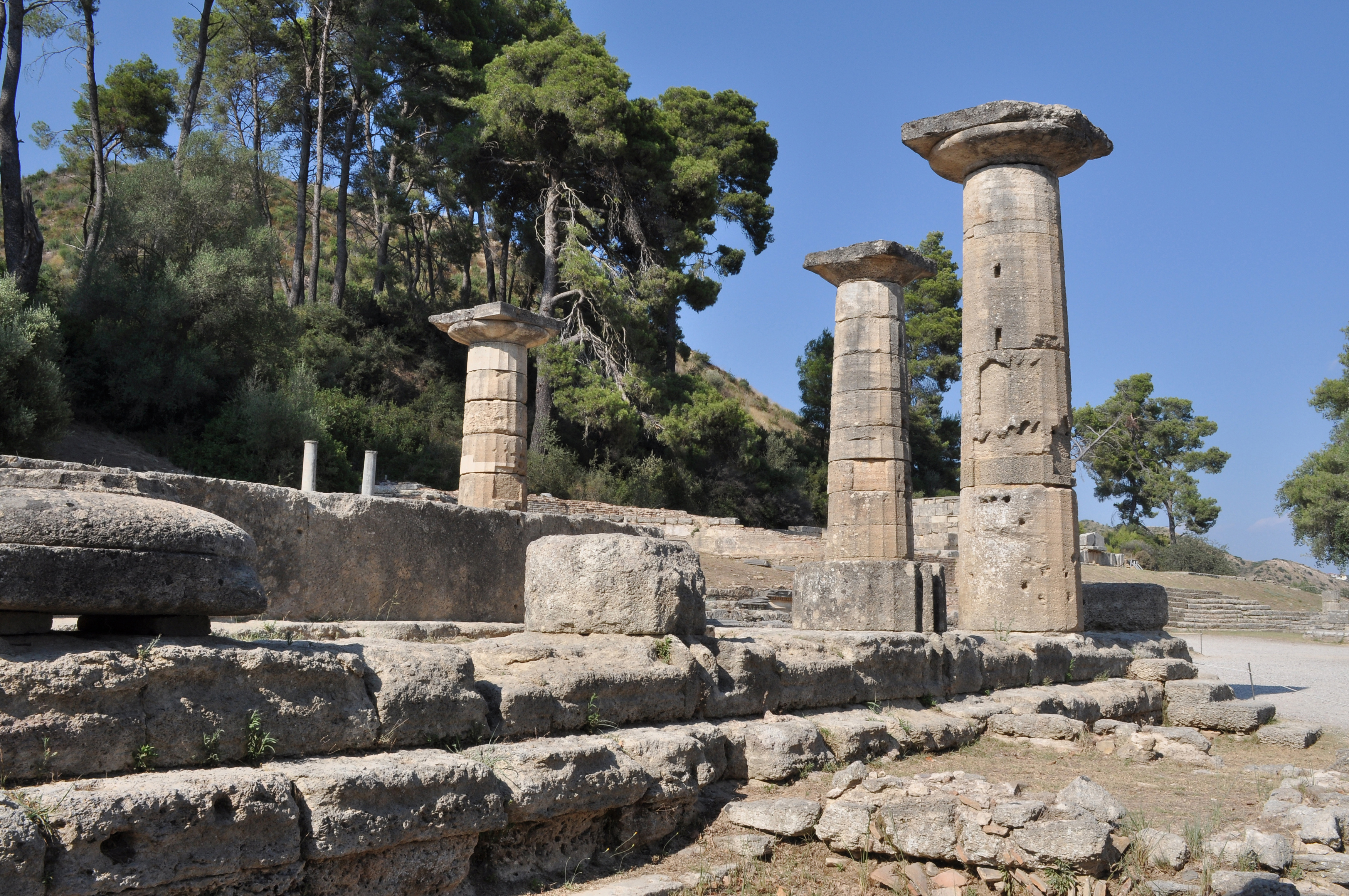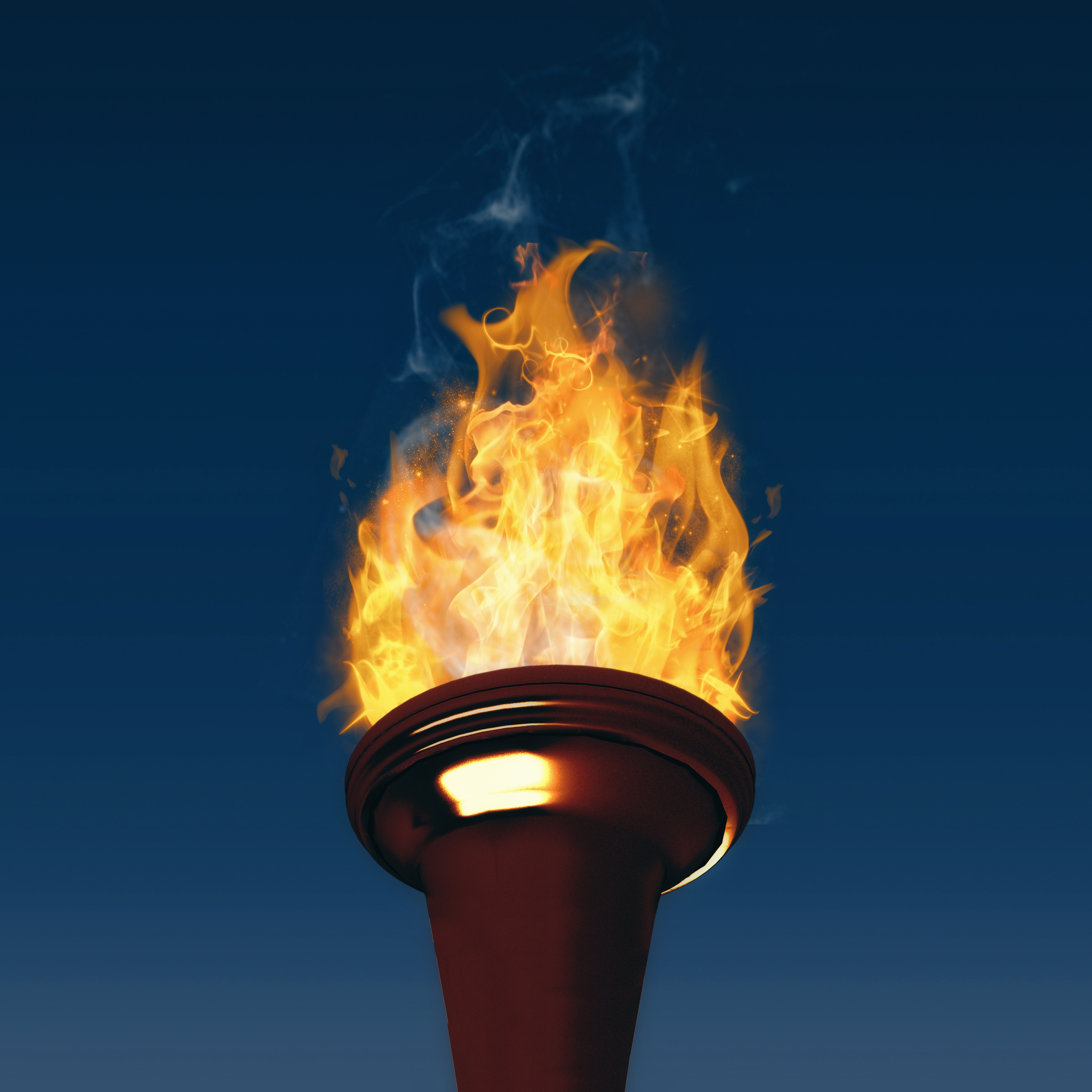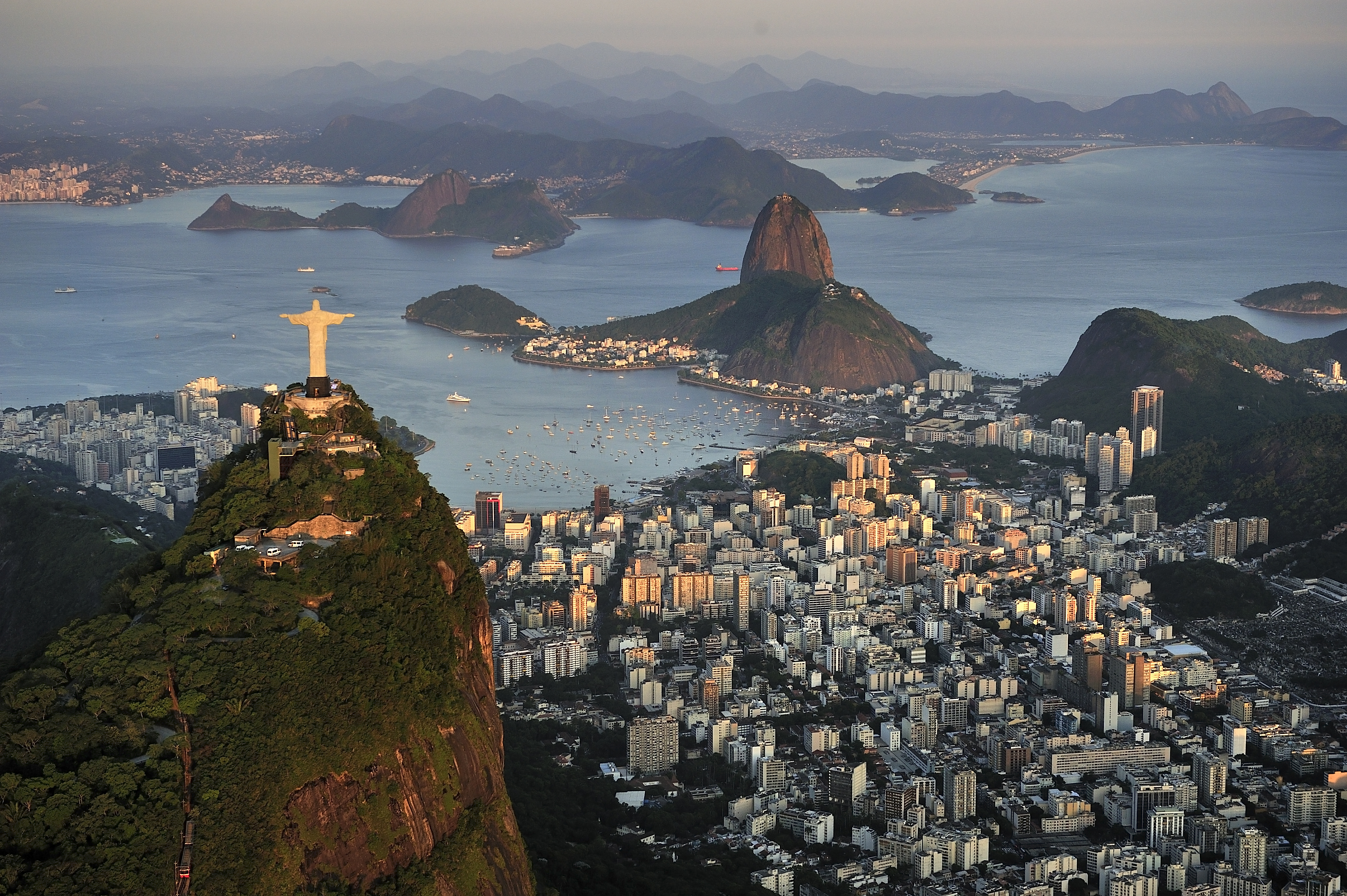The Olympic Torch Relay: What You Need to Know
Even for longtime fans of the Olympic Games, the origins and symbolism of the Olympic Torch Relay isn’t always entirely clear. One of the iconic symbols of the modern Games, the Olympic flame has some deep roots in the ancient Olympics and Greek mythology, as well as a newer history that dates back to the 1928 Olympics in Amsterdam. Although the Olympic torch has been in motion for over three months, it’s not too late to catch the final stretch on August 5th. Read on to learn some facts about the Olympic Torch Relay.
Ancient Origins
The flame has always been an important symbol of the Olympic Games. It symbolizes the titan Prometheus stealing fire from Mount Olympus and giving it to mankind. Fire was a divine symbol in Ancient Greece, and the Olympic flame was known to burn continuously throughout the ancient Games just as it does today.
Modern Rebirth
The rebirth of the Olympic flame occurred at the 1928 Olympics in Amsterdam. As continues to be tradition, the flame was lit in a cauldron in the main stadium, but the introduction of the relay was still years away. It wasn’t until the 1936 Olympics in Berlin that the relay began to take shape, even if it wasn’t totally refined.
The First Relay
Both the 1928 Olympics in Amsterdam and the 1932 Olympics in Los Angeles lit the Olympic flame at their home stadium where the events were held. The 1936 Olympics in Berlin took the lighting of the flame to the next level, a process that’s been repeated ever since, with the flame lit in Olympia and taken to the host city.
Starting in Olympia
The lighting of the Olympic flame always starts in Olympia, and is still lit in one of the known places where it was lit in the ancient Games, at the site of the Temple of Hera. The ancient Greeks utilized a mirror-like tool called a skaphia to light the flame using the sun, a process now mimicked with a parabolic mirror and torch.
Land, Sea or Air
Once the flame is lit in Athens, it has to be transported to the host nation. As was the case in 2016, the torch had to be transported across the ocean from Athens to Brazil. Because the Olympics take the torch to many different places around the globe, it must travel by air and sea. Once in the host nation it begins its journey.
Special Precautions
The Olympic flame is never supposed to go out. It’s placed in a special container when traveling to secure it during air travel. But special precautions don’t always work. The flame has gone out during the relay several times. However, it is always re-lit with a backup flame that’s also from the first lighting ceremony in Olympia.
Torch Bearers
The longest relay in the history of the Olympics was in the 2014 Winter Olympics in Sochi. It took place over 8,000 miles and went to some pretty crazy places. This year in Rio the torch will travel over 12,000 miles on land alone. It seems like a chore, but with over 12,000 torch bearers participating, the effort is evenly shared.
Opening Ceremony
The final stretch of the relay brings the Olympic flame into the main stadium where the opening ceremony is held, depositing the flame into a cauldron which burns during the entire length of the Olympics. The closing ceremony of each Olympic Games finally extinguishes the flame, waiting until the Winter Games to be re-lit.








